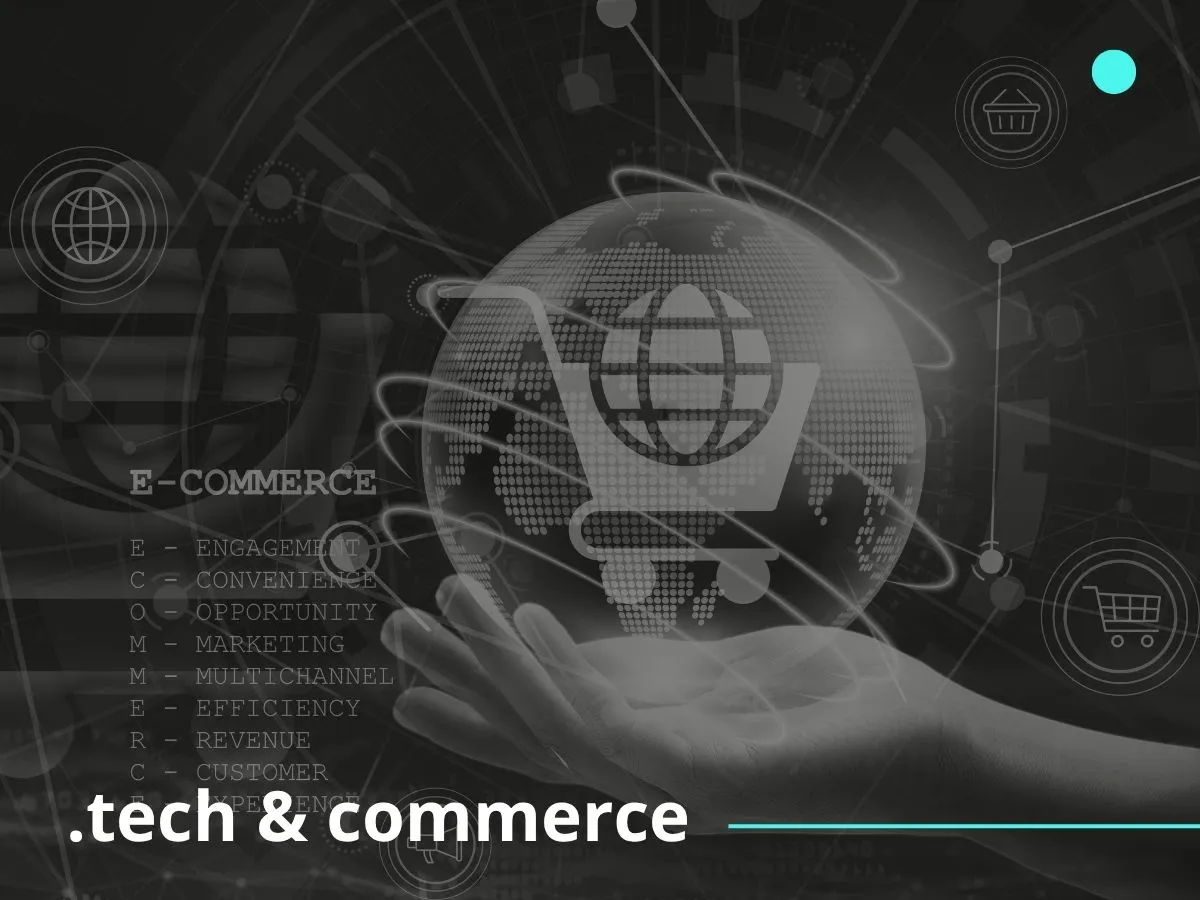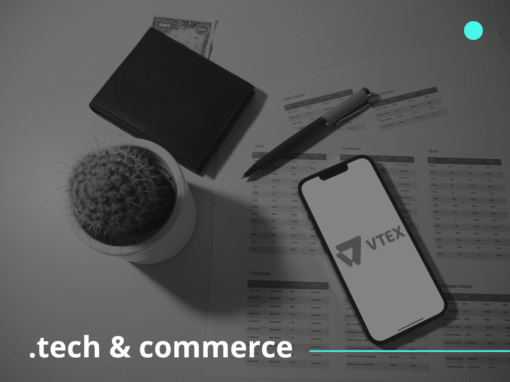What seemed sufficient yesterday is no longer keeping up with the pace of digital growth today. Rigid e-commerce models, once the norm, are losing ground to more agile and adaptable solutions. As traditional systems reveal their limitations, Headless Commerce emerges as a powerful alternative.
With an architecture that decouples the front-end from the back-end, it allows online stores to build faster, more personalized experiences that integrate with different technologies. This freedom of integration and development is changing how businesses grow and position themselves.
If the goal is to scale without hitting technical limitations, it’s essential to understand how this approach works in practice. Keep reading to see what Headless delivers beyond the concept.
How Has E-commerce Architecture Evolved in Recent Years?
Adapting an online store to new market demands hasn’t always been easy. For a long time, e-commerce platforms functioned as rigid structures, offering little room for customization or integration with other technologies. This limited both the customer experience and the development team’s agility.
As consumer expectations grew and new digital channels emerged, it became clear that the outdated model had to be broken. More modern solutions were developed to keep pace with constant change. Monolithic architectures began giving way to more modular systems, capable of communicating with various tools and quickly adjusting to new demands.
This shift paved the way for lighter approaches like Headless Commerce, which separates the visual layer from business logic. The change is not just technical, it redefines how e-commerce connects with technology, strategy, and growth.
What Is Headless Commerce and What Are Its Main Advantages?
In a digital environment where everything needs to be fast, adaptable, and scalable, sticking to traditional models no longer makes sense. Headless Commerce is a direct response to this new reality, offering more freedom to innovate without being held back by platform constraints.
In practice, it’s an architecture that separates the front-end (the store’s display) from the back-end (which manages rules, products, inventory, and orders). This allows brands to build personalized experiences tailored to their audience and each channel’s demands, without compromising the technical backbone supporting operations.
Some of the clearest benefits include the flexibility to test new interfaces, faster development cycles, and the ability to integrate different systems more seamlessly. This approach also supports better performance since page loading can be optimized based on the user’s environment.
How Can Headless Commerce Be Applied to Technical SEO, Mobile-First, and Personalization?
Technical freedom only matters when it leads to visible results. That’s where Headless Commerce proves its impact in day-to-day operations. It’s not just a structural change, it’s a tool that enables best practices in technical SEO, prioritizes mobile, and delivers personalized experiences with greater precision.
In SEO, having control over the site’s code and architecture makes it easier to implement optimizations that improve load times, URL structure, and content indexing by search engines, directly affecting organic rankings and store visibility.
In mobile, this architecture allows for building device-specific interfaces without relying on the limitations of a core system. The result is smoother navigation, tailored to user behavior on each screen.
As for personalization, it becomes much more dynamic. With a decoupled front-end, content, banners, and products can be shown based on real-time behavioral data, quickly, lightly, and without compromising performance.
Which Platforms Offer Headless Commerce and How Does Implementation Work?
Choosing the right technology can either speed up or hinder an e-commerce’s growth. Headless Commerce is no different. The good news is that several leading platforms already offer full support for this architecture, with features designed for various business profiles.
VTEX, for example, enables personalized experiences through robust APIs and seamless front-end/back-end integration. It’s a great option for businesses seeking to scale securely while maintaining flexibility. Shopify Plus emphasizes performance, mobility, and development speed, making it ideal for brands that operate across multiple channels and handle high sales volumes.
There are also custom solutions tailored to companies that require even more technical control. In such cases, implementation demands an experienced team capable of translating business needs into a lightweight, scalable, and connected architecture.
The decision between using a ready-made platform or building a custom solution depends on the operation’s stage, budget, and desired pace of evolution.
What Are the Main Challenges of Headless Commerce and How to Overcome Them with Expert Support?
Decoupling the front-end from the back-end provides freedom but also requires more advanced technical knowledge, especially during implementation and maintenance phases. This complexity can cause uncertainty for teams unfamiliar with the model.
Common challenges include choosing the right technologies, defining integrations, and orchestrating systems. Without a clear vision of architecture and development, risks like rework or delivery delays increase. Another critical aspect is ongoing maintenance, as a headless setup needs constant monitoring to ensure performance and stability.
That’s where expert support becomes crucial. Working with an experienced team that understands both the business and technical sides reduces errors, speeds up decision-making, and ensures the project moves forward safely.
When Is It Worth Migrating to Headless Commerce?
Signs like difficulties in customizing the store, delays in implementing changes, or technical limitations when integrating new channels suggest that the current architecture may be holding growth back.
Migrating to Headless Commerce makes the most sense when an e-commerce business has reached a certain level of maturity and begins requiring more autonomy and flexibility. Growing businesses focused on personalized experiences and omnichannel strategies tend to benefit the most from this type of architecture.
Another key factor is the ambition to scale without being constrained by conventional platform limitations. If your company seeks the agility to test, adapt, and launch new solutions frequently, transitioning to headless can be a strategic move.
Growing with strength takes more than good ideas. It requires structure, freedom to evolve, and technology that keeps up with the business pace. Headless Commerce fits this logic perfectly. It’s not an instant fix for every operation, but it becomes essential when a company needs to go beyond the basics, with speed and control in the right hands.
Rather than adapting your strategy to fit what the platform allows, you begin shaping the technology to match your plans.
Want to understand how to apply this model to your business? Talk to our team.



